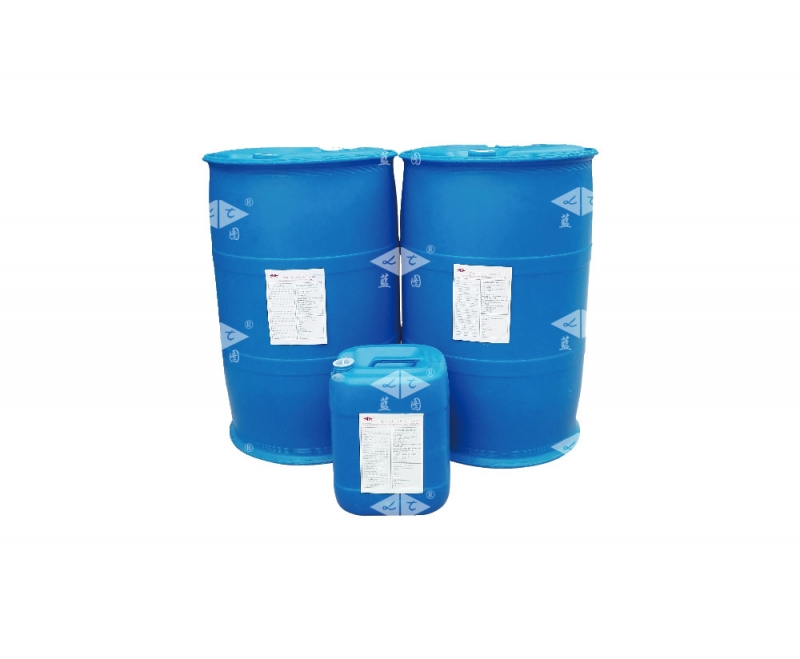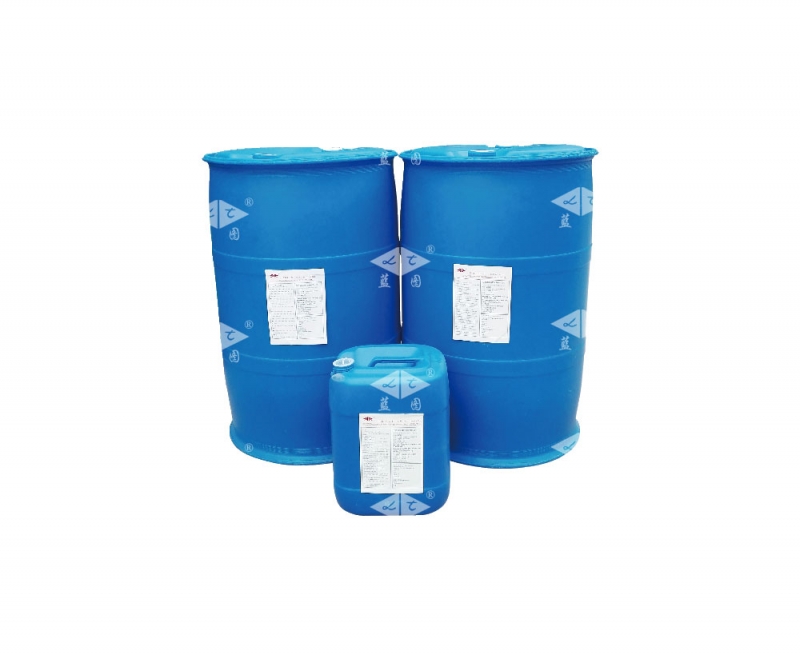Oil storage tanks are generally tall and have large oil storage capacity. After the explosion and fire, the fire is fierce, the temperature is high, the radiant heat is strong, and it is easy to spread and expand, and even continuous explosions, boiling overflows and splashes, and tank deformation and collapse, etc. It is difficult for people, vehicles, and equipment to approach the battle. It is extremely difficult to save and very dangerous. In this case, the foam fire extinguishing system attached to the oil tank plays a vital role in controlling the fire at the initial stage and preventing its spread. Due to the high combustion temperature of oil tank fires, the liquid jet fire extinguishing system is vulnerable to damage, so the liquid foam jet fire extinguishing system appears more secure and reliable. Since the submerged foam jet fire extinguishing system sprays foam directly into the oil from the lower part of the tank through a pipeline, it rises under the buoyancy of the oil, and covers the liquid level of the burning oil to extinguish the fire. Have strong selectivity, generally choose fluoroprotein anti-solvent foam fire extinguishing agent. When spraying fluoroprotein foam under liquid, the main problem to be solved is how to prevent the foam from entraining too much oil to become a flammable foam and losing the ability to extinguish fire. The test proves that when the foam is sprayed under the liquid, the amount of oil entrainment is mainly related to the foam foaming multiple, the speed at which the foam enters the oil, and the thickness of the oil.
Reasonably design the foaming multiple of the foam. The relationship between the foaming multiple and the oil content of the foam was obtained by performing a cold spray test on a gasoline tank with a diameter of 2.7 meters and a thickness of 9 meters.

Fluoroprotein foams have both hydrophobic and oleophobic properties because the fluorocarbon chains in the fluorocarbon surfactant molecules are both hydrophobic and strong oleophobic, so that it can not only form a water film on the interface of the foam and oil, but also encapsulate oil droplets in In foam, it prevents oil from evaporating and reduces the flammability of oily foam. According to the measurement, the gasoline in the fluoroprotein foam can burn freely when the gasoline content is more than 17%. In order to control the oil content of the foam within the non-flammable concentration, and its comprehensive fire extinguishing effect must be considered, it is more appropriate to control the foam foaming factor to about 3 times. Therefore, when spraying fluoroprotein foam under liquid to extinguish a gasoline tank fire, a special high back pressure foam generator must be used, and the working pressure must reach 7 × 105Pa.
Reasonably control the speed at which the foam enters the oil. The speed at which the foam enters the oil is an important technical parameter. It is known from the experiment that the speed of the foam entering the oil increases, and the oil content in the foam also increases accordingly. This is because, as the flow velocity increases, the agitation of foam and oil products and the turbulence of oil products in the oil tank also increase, resulting in an increase in the oil content of foam fire extinguishing agent. In order to reduce the oil content in the foam and ensure the fire extinguishing effect, it is necessary to limit the speed at which the foam enters the oil. Tests have shown that the fluoroprotein foam with a foaming factor of 3 can not enter 3m / s for Class A and B flammable liquids such as gasoline and low flash point crude oil; For flammable liquids, such as kerosene, diesel, etc., the foam entry speed can be slightly higher, but generally cannot exceed 6m / s. In addition, during liquid injection, there is a certain limit on the thickness of oil products in the storage tank. For example, the thickness of oil products in gasoline tanks generally does not exceed 9 meters.


 Your current location:
Your current location:








